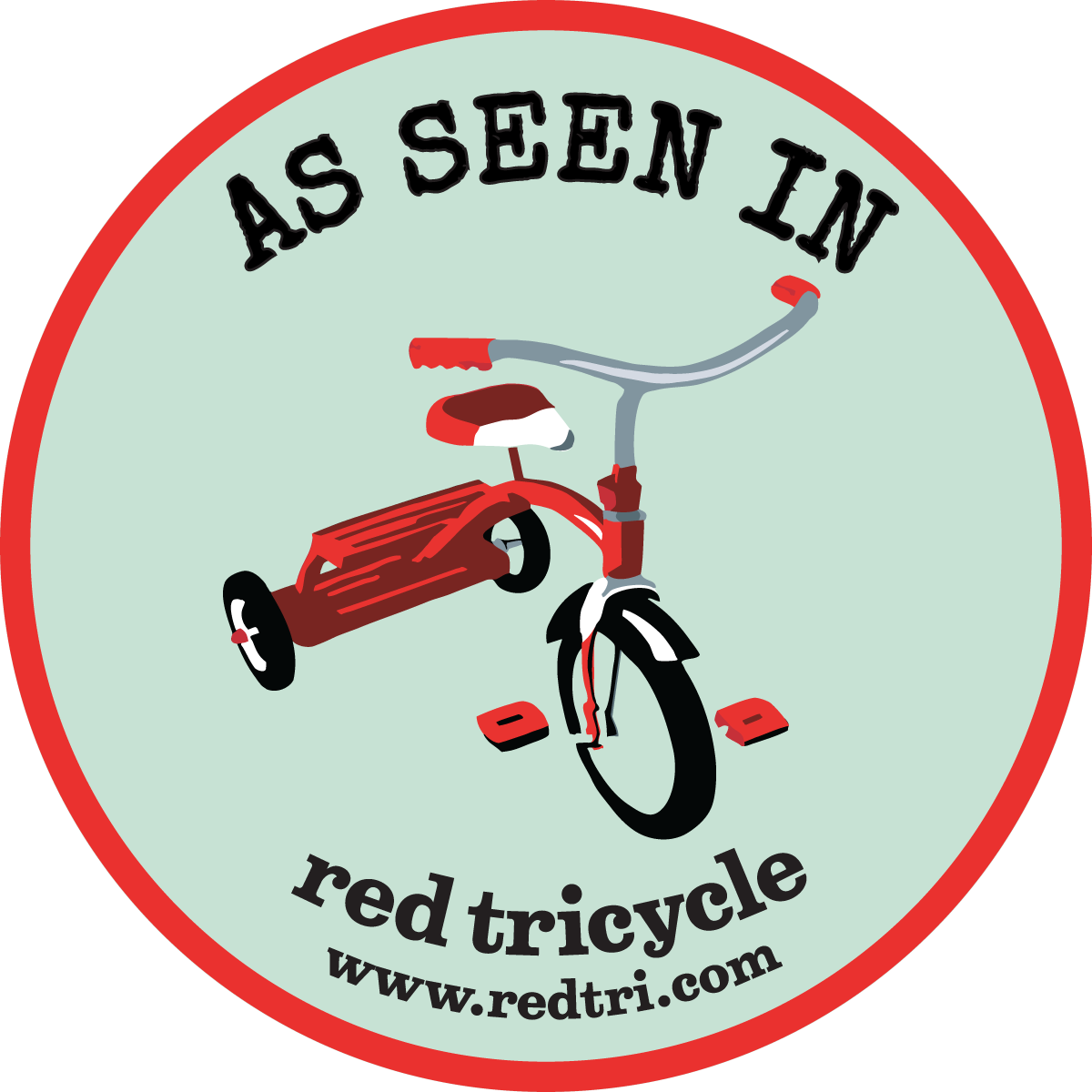I participated in a campaign on behalf of Mom Central Consulting for the Cord Blood Registry. I received a promotional item to thank me for my participation.
I was aware of cord blood banking when I had my children, but it definitely wasn’t something talked about often and certainly not something my doctor ever brought up. It seemed “new” (4 years ago), expensive, and unknown. Today? I regret not banking their cord blood. I wish I had looked into it more and I wish there had been more information given to me.
So I’m here to help spread the word and hopefully provide you with some of that information and some answers about cord blood banking.

Cord Blood Banking Facts:
- The first cord blood transplant was 25 years ago.
- Today, cord blood stem cells have been used in the treatment of more than 80 conditions, including certain cancers, blood disorders, immune deficiencies, and metabolic disorders.
- The Cord Blood Registry is the first and only family newborn stem cell bank to help establish FDA-regulated clinical trials using cord blood stem cells in regenerative medicine and they have the highest average published cell recovery rate in the industry (99%).
- CBR’s Newborn Possibilities Program® identifies families with a medical need to potentially use newborn stem cells now or in the near future and helps by offering free cord blood and cord tissue processing and five years of storage. To date, this Program has processed and saved stem cells for nearly 5,000 children.
What is cord blood banking?
- It’s the collection of stem cells from the umbilical cord and placenta following birth.
- Collection occurs after the cord has been cut and there is no harm to mom or baby.
- YES, you can still have delayed cord clamping/cutting AND collect cord blood to store.
- You can think of stem cells like “blank” cells that have the ability to differentiate (or grow) into various specific cells. This is why they can be so beneficial for treatment of so many conditions.
- The cord blood is stored for future use if your child or family should need it.

Why store cord blood?
- Family history. Does your family have a history of certain illnesses? Are those illnesses genetic and could they be treated with current stem cell research?
- The future. Regenerative medicine is a new approach and emerging research suggests that stem cells from cord blood has advantages over other stem cell sources. The clinical use of stem cells is simply increasing each year.
- Stem cells from cord blood are currently being used to treat over 80 conditions and are currently being evaluated for their regenerative ability with other issues like autism, cerebral palsy, pediatric stroke, and traumatic brain injury.
What are my cord blood storage options?
- Private Storage. This can be costly, but it guarantees your cord blood for use by ONLY your family. It typically involves a one-time fee at the start and then annual storage fees. Monthly payment plans are an affordable option.
- Cord Blood Registry. They offer FREE private storage for families with a medical need. Check to see if you qualify.
- Public Storage. This can be done as a donation, meaning no cost to you (so why not?!?!). You could possibly use your cord blood if needed, but there is no guarantee as it’s a public bank and available to anyone that might need it.
For more information, please visit Cord Banking Basics and ask your doctor about it. Know that there are options! Watch this video about a family that stored cord blood and used it experimentally when their baby girl ran into some trouble around age 1. It brought me to tears so grab the kleenex!

I participated in a campaign on behalf of Mom Central Consulting (#MC) for the Cord Blood Registry. I received a promotional item to thank me for my participation. #CordBlood411

Actually, the American Academy of Pediatrics does not recommend banking cord blood unless there is a specific and known health risk that the cord blood could be used for. They encourage the donation of cord blood to public banks.
I think most of the private banking options really just capitalize on the fear new parents feel. It’s expensive, it’s not medically indicated, and it’s misleading how many conditions cord blood can be used to treat.
For instance you can’t use a child’s own banked cord blood for treating malignancies of the blood (leukemia and lymphoma for example) or blood disorders such as certain forms of anemia and certain immunodeficiencies and metabolic disorders. None of these diseases could be treated with a child’s own cord blood because that blood would harbor the same problems.
I donate both of my kids’ cord blood to a public bank (in 2010 and again in 2012). All the medical professionals who handled the collection donated their services since we were donate the cord blood.
I wrote about my experience- the pros and cons of donating, the risks and benefits, as well as the actual process.
http://mommacommaphd.wordpress.com/2012/04/30/im-donating-my-babys-cord-blood-to-a-public-bank/
[Reply]
We wanted to bank with our son, but with an unexpected C-section weren’t able to.
[Reply]
Our third is on the way. Food for thought…
[Reply]